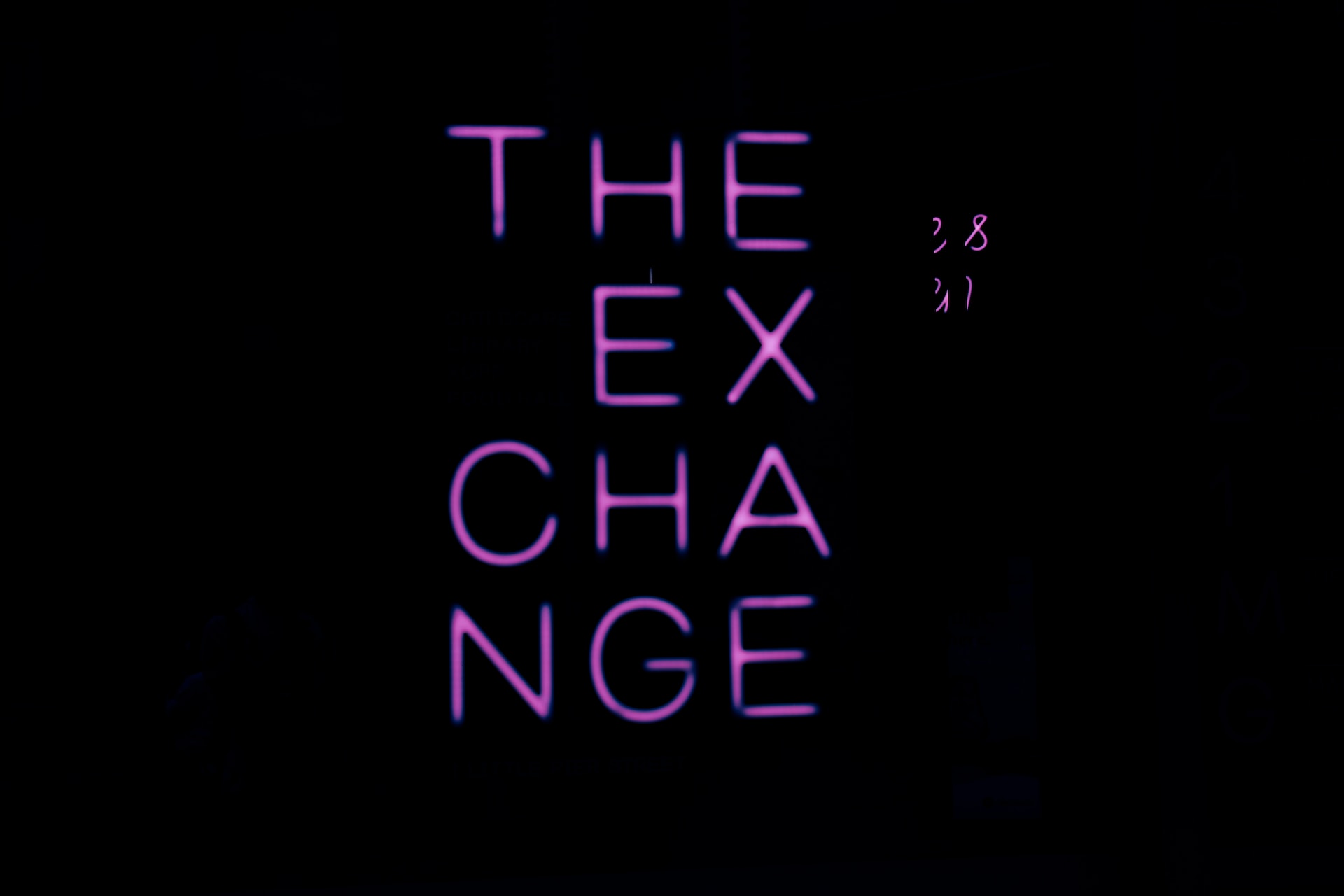In many cases, small-to-medium B2B companies rely on the social and professional networks of its leaders to generate leads and opportunities. They may have a business development manager on-board to make sales calls and reach out to potential clients, but it’s fairly rare to encounter a B2B business that can rely on inbound leads (leads that come directly to them without some sort of intermediary) for sustainable growth.
So, why is this the case?
B2B companies tend to occupy niches very comfortably. Over time, they specialise in what they do best, and are known within the industry as a specific service provider in that area. And as long as the business leads keep coming in, they generally don’t feel the need to communicate externally much, if at all.
There are two problems with this.
- If the market is somehow disrupted (e.g. new competitor, new product, supply chain issue, economic collapse, global pandemic), then this company can suddenly find that its usual supply of leads has dried up, and has no alternatives.
- Unless the individuals in the company responsible for business development (usually the CEO or founder) is solely focused on creating business, then the supply of leads can be irregular, and is dependent on a single individual, which is inherently risky.

Using LinkedIn for B2B: An exchange of value
This is where a LinkedIn B2B strategy can help.
Most social media communication, be it from brands or otherwise, is a form of value exchange. The source of the content provides value through what they post, and the audience provides attention and engagement in return. If the value being provided by the content isn’t up to the audience’s expectations or needs, then attention and engagement will reflect that.
This absolutely applies for B2B companies on LinkedIn. Brands provide good content, and in return they will receive consideration of their service and hopefully a boost in reputation with their audience.
However, a piece of content that basically says ‘We are great at this! You should trust your business’s needs to us!’ isn’t of much value to the audience.

So what does great LinkedIn B2B content look like?
It addresses pain points
A piece of content that provides actionable insight or information that addresses a key pain point that your target audience experiences is of immense value. It may sound simple enough, but understanding exactly who your audience is and what their specific pain-points are is an exercise that may prove more extensive than you may initially think.
The more relatable content you can provide to your audience, the more likely your business will be considered the next time a member of your target market is looking to change suppliers.
It’s consistent
Building a strong reputation takes time and patience. After starting to post for the first time, leads won’t start pouring in immediately.
But don’t be discouraged.
In our experience it can take over 6 months to begin seeing the fruits of your labour in the form of business leads, as long as the effort is consistent. The upside is that the source of these leads is sustainable in the long run, and doesn’t rely on personal connections.
It leads and participates in market conversation
You must be able to show that your team is innovating and actively thinking about the present and future of the market it operates in. By showing thought leadership in your field, any potential future clients would feel at ease knowing that you have all the bases covered, and that you’re already preparing for market changes.
It’s self-improving
Through the engagement and results received from previous content, you must be able to adapt communication based on what your audience actively responds to and finds valuable. Remember, just because you think something is great doesn’t mean your audience shares your feelings. Don’t communicate to yourself.

Where do I start my LinkedIn journey?
First, you need to revisit your business. Analyse exactly what you do, why you do it, and who you do it for. Only with those elements clear in your mind can you develop a narrative that you can outwardly communicate with value and consistency. If you’ve never considered your business purpose and audiences in any sort of depth, now is the time to do so.
If you’re not sure where to start, get in touch with us for a no-strings-attached chat with our CEO, Richard, by clicking here.




